Birdwatching in Korea: When, Where, and How
After living in and adventuring around Korea for some years, I can say that seeing wildlife in person here is something that stops people in their tracks. Hikers take pause when they see a squirrel and try to take a picture and in recent years, national parks have amped up protections so that the wildlife that seemed to disappear could return with gusto… and they have.
One sighting that always makes me stop when I see them, are cranes. They’re beautiful, large, and you can see them everywhere from the rice paddies to the many streams that crisscross Seoul. I’ve visited a number of places in Korea in recent years that promoted the fact that they close off areas specifically for migrating birds now and I love seeing that and it took me down a rabbit hole of places to go birdwatching in Korea.
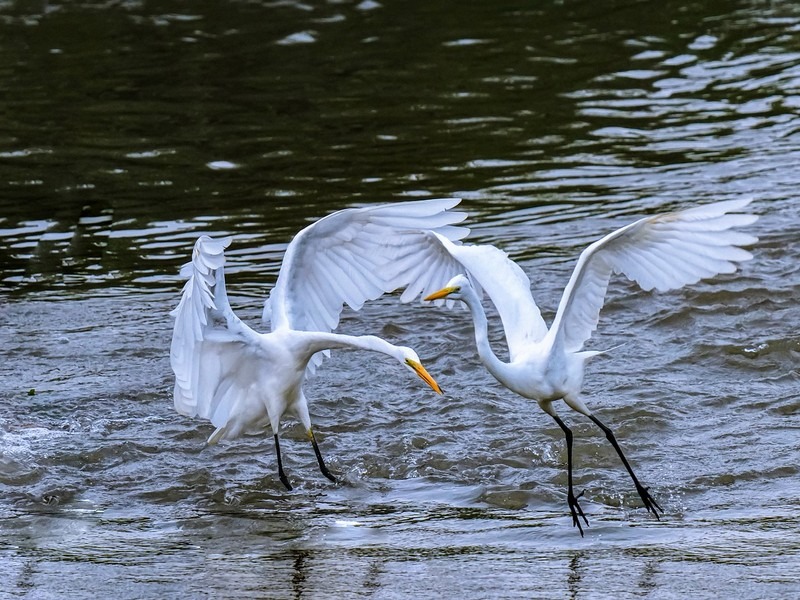
Get ready to go birdwatching in Korea:
- What to know about birds and birdwatching in Korea
- When is the best time to go birdwatching in Korea?
- Where to go birdwatching in Korea
- Some birdwatching places to see are:
- Groups to join for birdwatching in Korea
(This post contains affiliate links, which means I receive a certain percentage of a sale if you purchase after clicking at no cost to you. Thank you for your support.)
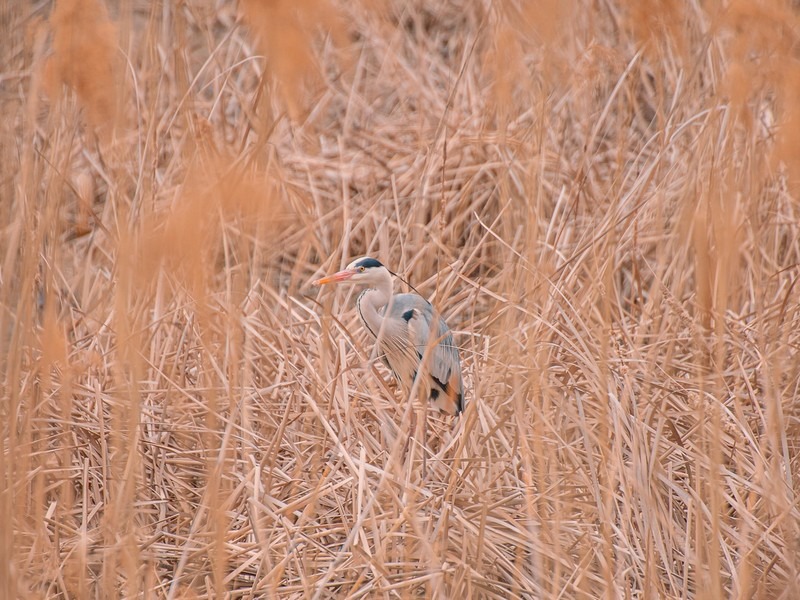
What to know about birds and birdwatching in Korea
- There are more than 500 species of birds in South Korea. Interestingly, less than 40 of these are really considered resident birds in Korea. The rest migrate through at different times of the year.
- The country has the world’s highest concentration of Baikal Teal, Spoon-billed Sandpiper Calidris, and Nordmann’s Greenshank Tringa.
- South Korea has the most accessible wintering Red-crowned Cranes Grus, Saunders’s Gull Larus, and Relict Gulls Larus.
- The country also sees some of the largest concentrations of spring and autumn migrants with 50,000 Great Knot Calidris, 3,000 Olive-backed Pipits Anthus in a day, and hundreds of warblers and buntings.
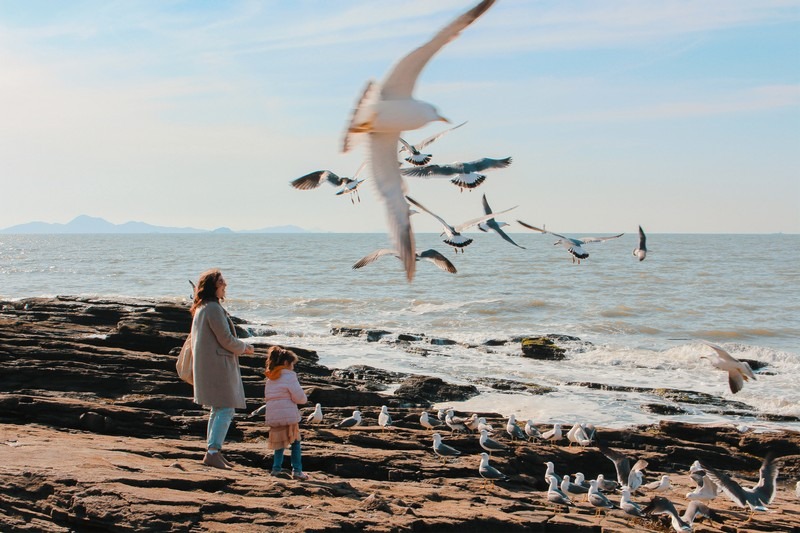
When is the best time to go birdwatching in Korea?
Throughout the year, you can see birds in South Korea, but most overseas birders head to the Land of the Morning Calm between December and February or in May each spring in Korea. The autumn is especially popular with local birders.
Where to go birdwatching in Korea
Korea is not large with the country only being 450 kilometers from north to south and about the same from west to east. With great infrastructure, it’s fairly easy to get everyone you want to be to see birds.
The best birdwatching habitats in Korea are generally along the coasts where there are mud flats/tidal flats on the west and a rockier eastern coast. There are also some great habitats for watching birds along rivers or protected zones like the DMZ. Along the southern coast in areas like Suncheon Bay, Nakdong Estuary, and the Gurypongpo Peninsula, there are great areas as well.
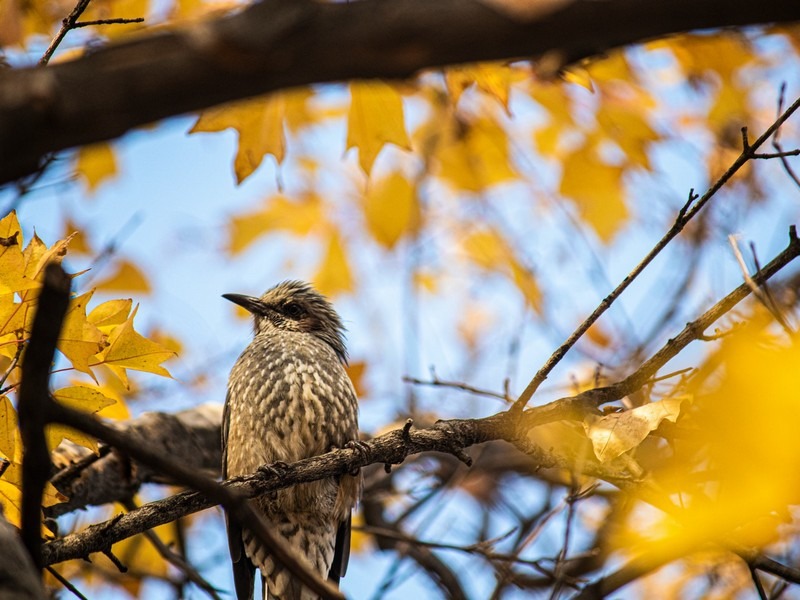
International Crane Center, Dongsong-eub (동송읍)
The goal of the center is to be a base for crane migration in Northeast Asia. The three-story building that is there has experience spaces, conference halls, and places to stay. Cranes are state-designated Natural Monument animals in Korea and are classified as endangered species. So when you see them, stop and enjoy the view. They are known to mate for life and symbolize longevity and fortune in Korea.
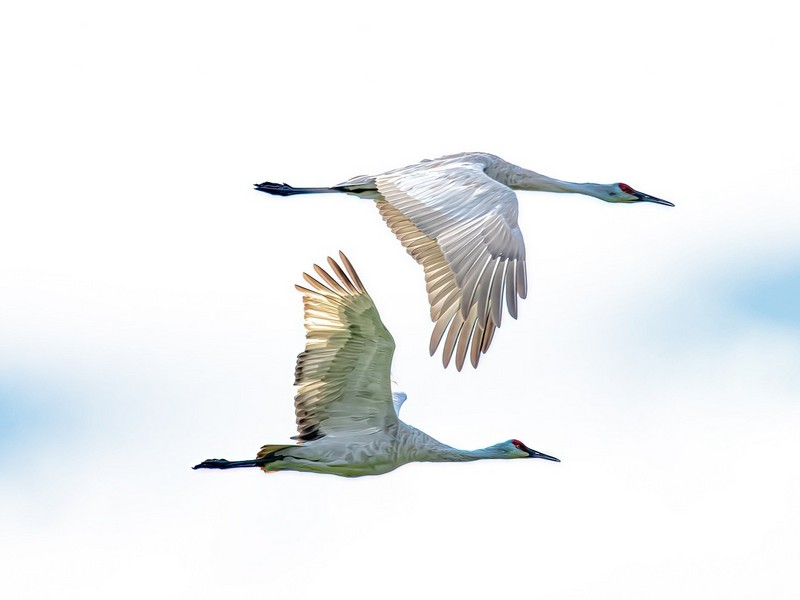
Visitors can register for tours at the DMZ Crane Peace Town and the tours depart twice daily at 10:00 am and then at 2:00 pm except on Tuesdays. Up to 32 visitors can join each tour which takes people out on electric buses. There is a small fee for the tour, but you also receive a sort of Cheorwon (철원) cash gift to spend there. I’ve been up to Cheorwon for tours before and you want to make sure you get there a bit early to get through the various steps in registering for a tour since it is in the DMZ so be prepared with IDs, etc.
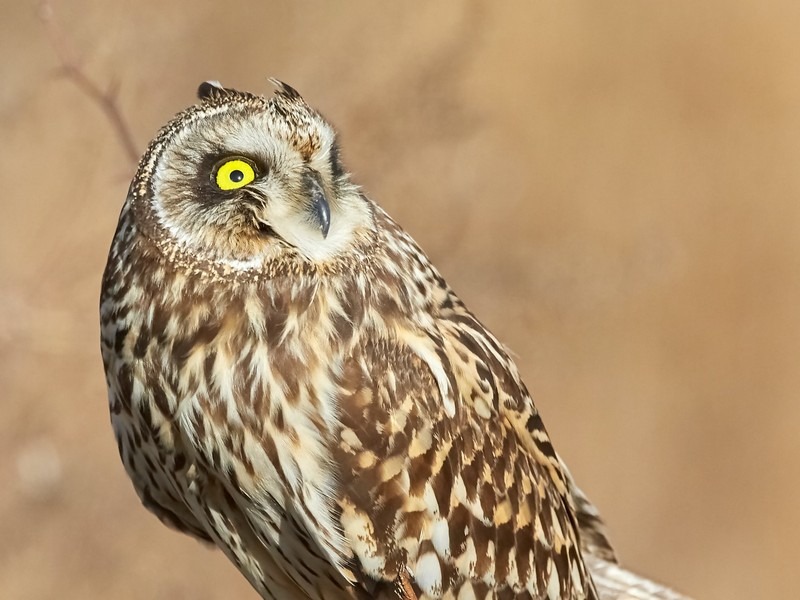
Cheorwon is actually a pretty popular spot to see cranes whether you’re at the new International Crane Center or not. The cranes which migrate through the area and can be seen until the end of February can be seen from some other spots as well in the area. And not only cranes, but visitors can see wild geese and eagles.
Apparently, nearly half of the cranes worldwide spend their winters in Cheorwon so suffice to say this is where you want to be if you want to see them in numbers. A popular spot for viewing is along the Hantangang River (한탄강) and a tour in the region takes visitors to the Peace Observatory, the Ice Cream Hill and the Cheorwon DMZ Peace Culture Plaza. Did any of that make you think of birds?
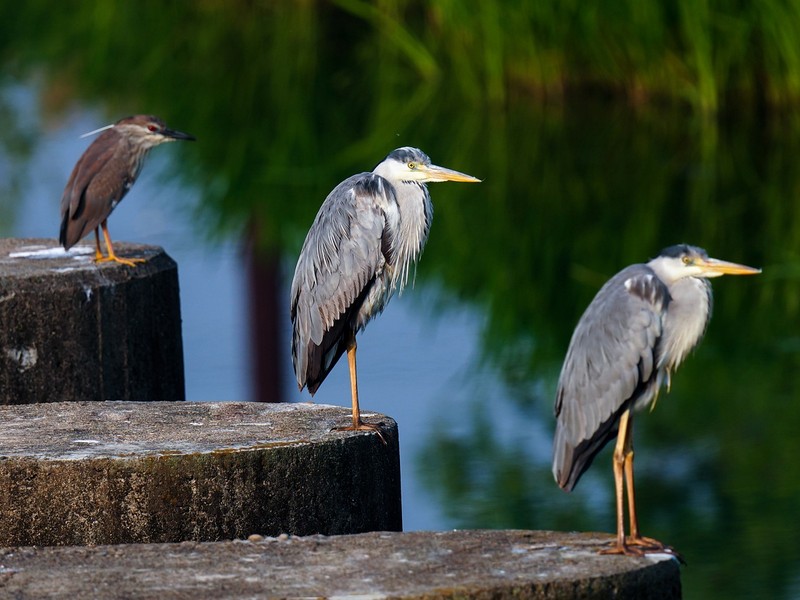
The Ice Cream Hill as it’s better known is actually the Crane Ecology Observation Deck (아이스크림코지두루미생태탐조대) on Sapseulbong (삽슬봉) so this is where you’ll be able to see the majestic birds in the area. Any guesses as to why it’s called the Ice Cream Hill? Sapseulbong is shaped like an ice cream scoop… so they say. The peak is a favorite spot for bird watchers because there are large flocks of cranes that can be seen from the observation deck during migration season.
- Address:1882 Durumi-ro, Cheorwon-gun, Gangwon-do (강원도 철원군 철원읍 두루미로 1882 (철원읍))
- Special Note: You must get to the DMZ Peace Tourist Information Center on time.
- Days: Tours are unavailable on Tuesdays.
- Hours: Tours depart twice a day at 10:00am and 2:00pm
- Best time to visit: November ~ mid-March
- Admission: W15,000 per person
National Arboretum (국립수목원)
I could go on and on about cranes in Cheorwon, but I wanted to touch on some other spots for the bird-interested traveler. The National Arboretum is really picturesque no matter when you visit. Located in Gwangneung Forest (광릉숲) which is just north of Seoul in Namyangju, it’s a nice day trip.
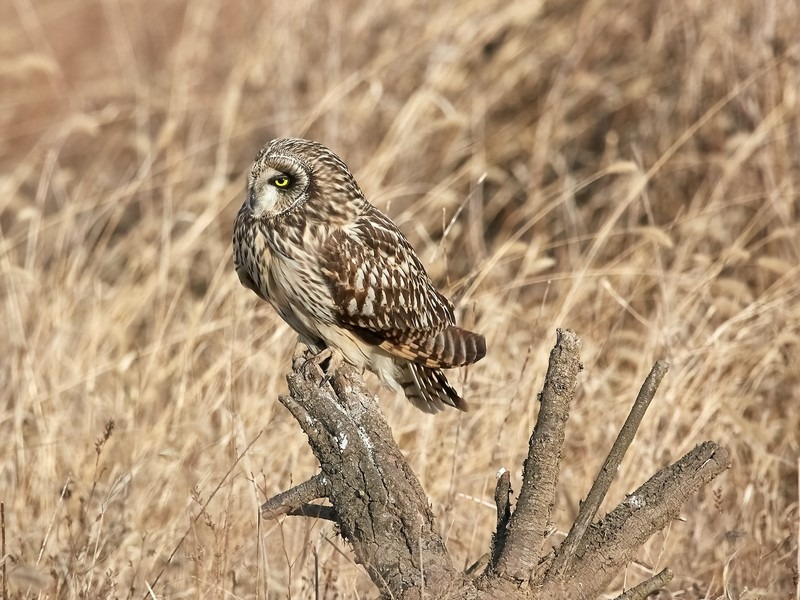
There are gardens and woodland and you can see Brown-cheeked Bulbuls, Eastern Great Tits and Vinous-throated Parrotbills, and the Varied Tit as well as the Japanese Pygmy Woodpecker and the White-backed woodpecker. I think the list is rather lengthy of all that you can see so basically keep your eyes peeled for some fun feathered friends there.
- Address: 51-7 Jikdong-ri, Soheul-eup, Pocheon, Gyeonggi-do 487-821 South Korea (경기도 포천 소흘읍 직동리 51-)
- Special Note: The Cranes are only there when it’s winter.
- Days: Closed on Monday
- Hours: 9:00am ~ 5:00pm
- Website: National Arboretum
Dasan Ecological Park (다산생태공원)
Another great spot just an hour from Seoul is Paldang(팔당). Where the Han River splits, there are wildfowl and raptors that congregate here as well as Whooper swans, Goldeneye, Goosander, and Eastern Spot-billed Ducks. Head to Dasan Ecological Park (다산생태공원) on the tip of a peninsula into the river and enjoy a walk through the park to see the birds and look out over the water. It’s a stunning spot.
Paldang is a great spot for a little day trip from Seoul. There are restaurants and cafes there that are easy to find and you can stop at the Neungnae Train Station (능내역) which isn’t used anymore and has been converted into a little museum of what was there before. It’s a cute area.
- Address: Paldang-ri, Wabu-eup, Namyangju-si, Gyeonggi-do ( 경기도 남양주시 와부읍 팔당리)
- Directions: From Wangsimni Station take 12 stops on the lime green line for 40 minutes until you reach Paldang. Exit via 1.
- Special Note: Come in Winter for bird watching
Nakdonggang Estuary (낙동강하구)
The place where Nakdonggang River (낙동강) meets the sea is where the Nakdonggang River Estuary can be found. The Nakdonggang Estuary Eco-park’s Migratory Bird Habitat (Natural Heritage No. 179) has a marsh, bird feeding site, and grassy fields where birds congregate.
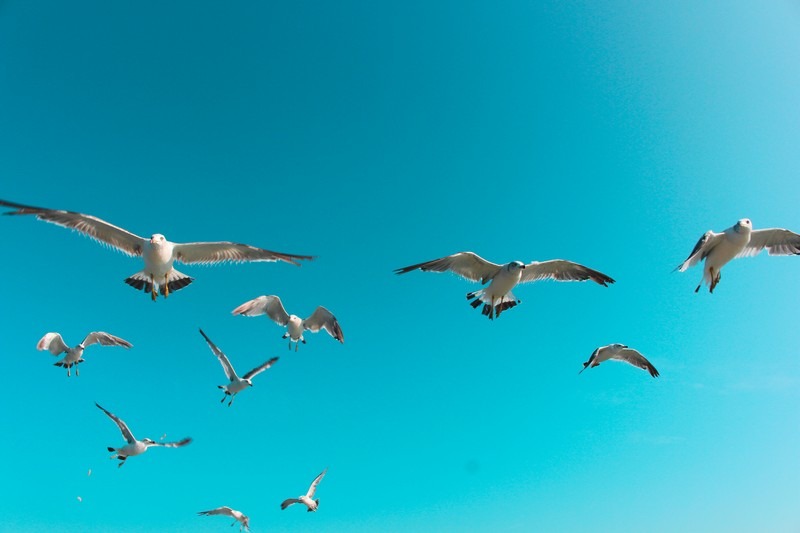
Start your trip at the Nakdong Estuary Eco-Center (낙동강하구에코센터) to learn about the migratory birds you can find there and why the area is so special. You can look out for a number of gulls as you are by the sea here like the Saunders Gulls, Relict Gulls, as well as the Whooper Swans, Eurasian Wigeons, and Oystercatchers. If you go through the eco-center first, if you’re a novice like me, you’ll be able to figure out what’s what when you’re outside or looking out from the observatory.
- Address: 1212, Hadan-dong, Saha-gu, Busan (부산광역시 사하구 하단동 1212)
- Hours: Nakdong Estuary Eco Center: 9:00am ~ 6:00pm. Eulsukdo Bird Sanctuary Park 8:00pm ~ 8:00pm
Suncheon Bay (순천만습지 or 순천만자연생태공원)
Suncheon Bay Wetland Reserve is a world-class wetland that is officially certified by the Ramsar Convention and UNESCO due to its intact remaining natural coastline and rich biodiversity. The Ramsar Convention is an international convention that calls for conservation and wise use of wetlands and was started in Ramsar, Iran in 1971.
This wetland has various habitats that include brackish water zones, salt marshes, large reed beds, and tidal flats which means it caters to a number of species of birds.
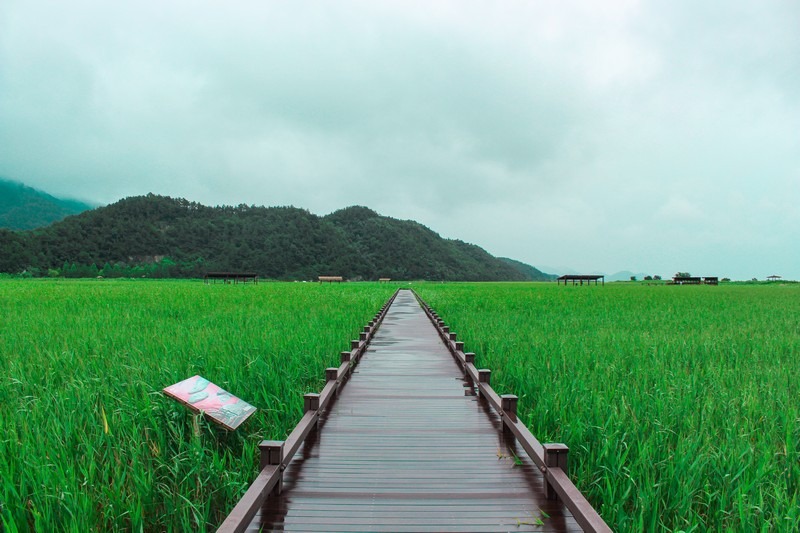
There are 17 orders, 54 family and 239 species of birds that can be seen visiting these amazing wetlands. Thirty-six of the birds are globally recognized as rare endangered birds and they all depend on the natural habitat of Suncheon Bay for survival.
From Mallards to the Common Shelduck to the Eurasian Curlew and Black-faced Spoonbill, there are so many birds that can be spotted here and Suncheon Bay takes that incredibly seriously as they seek to protect the area. See Cattle Egrets, Dunlins, White-Naped Cranes and more.
- Address: 513-25 Suncheonman-gil, Suncheon-si, Jeollanam-do (라남도 순천시 순천만길 513-25)
- Hours: 9:00am ~ Sunset.*
- Because sunset changes throughout the year, it’s important to note the “last entry” time. January & October through December, the last entry time is 5:00pm. In February, the last entry time is 5:30pm. In March and September, the last entry time is 6:00pm. In April, the last entry time is 6:30pm. In May through August, the last entry time is 7:00pm.
- Admission: Adults: W8,000; Teenagers: W6,000; Children: W4,000
- Website: www.suncheonbay.go.kr
Groups to join for birdwatching in Korea
They aim to deliver well-researched and well-planned birding tours that are conducted at such a pace that you are able to see and enjoy a very high proportion of the target birds without being in a rush. Their guides are chosen not only for their high level of birding skills but also for their people skills and they aim to provide a fun and enjoyable holiday as well as a successful birding tour.
Birding Korea is the first birding ecotourism company in Korea and located in Seoul. EBT means eco bird tour. See more than 500 kinds of birds. Especially, East Asian endemics. Red-crowned Crane, Spoon-billed sandpiper, Black-faced Spoonbill, Steller’s Sea Eagle, Black Woodpigeon and Korean flycatcher. They offer meaningful guided birding trips with experienced guides and local birders. EBT Birding Korea aims for natural-emotional travel to watch birds as quiet tourists.
Dr Nial Moores has conducted bird research throughout Korea for almost 20 years, adding dozens of species to the national list and helping to identify multiple priority sites for conservation in both South and North Korea. He guides professionally in order to support Birds Korea’s conservation work. The English side of their site doesn’t get updated as often as the Korean side it seems but they are still active.
Good luck birding in Korea!
Did you like this post? Pin IT!
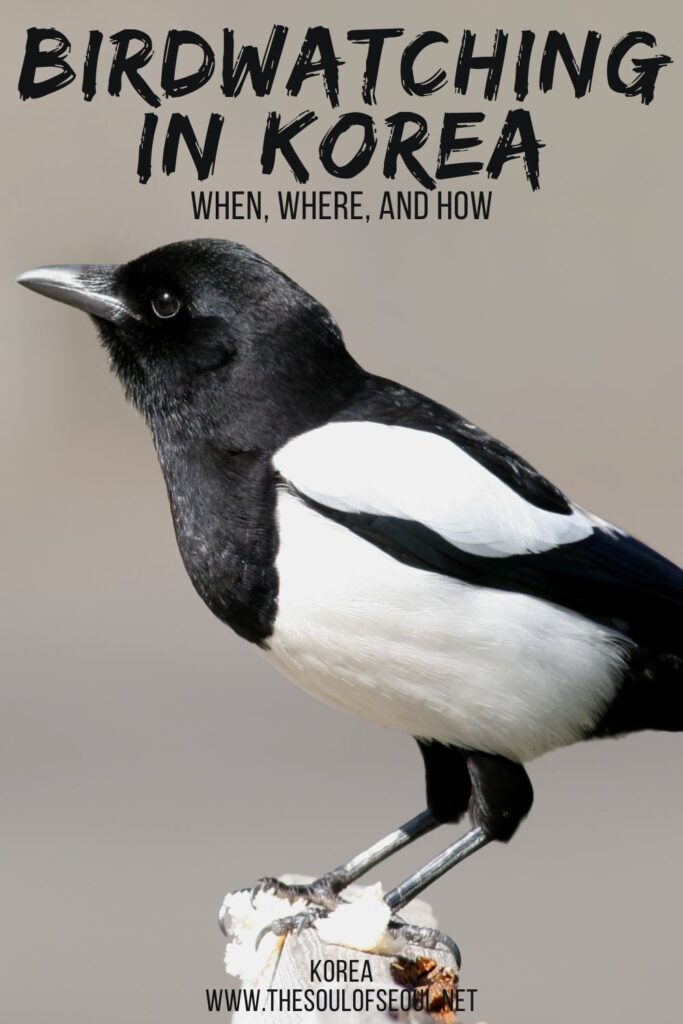
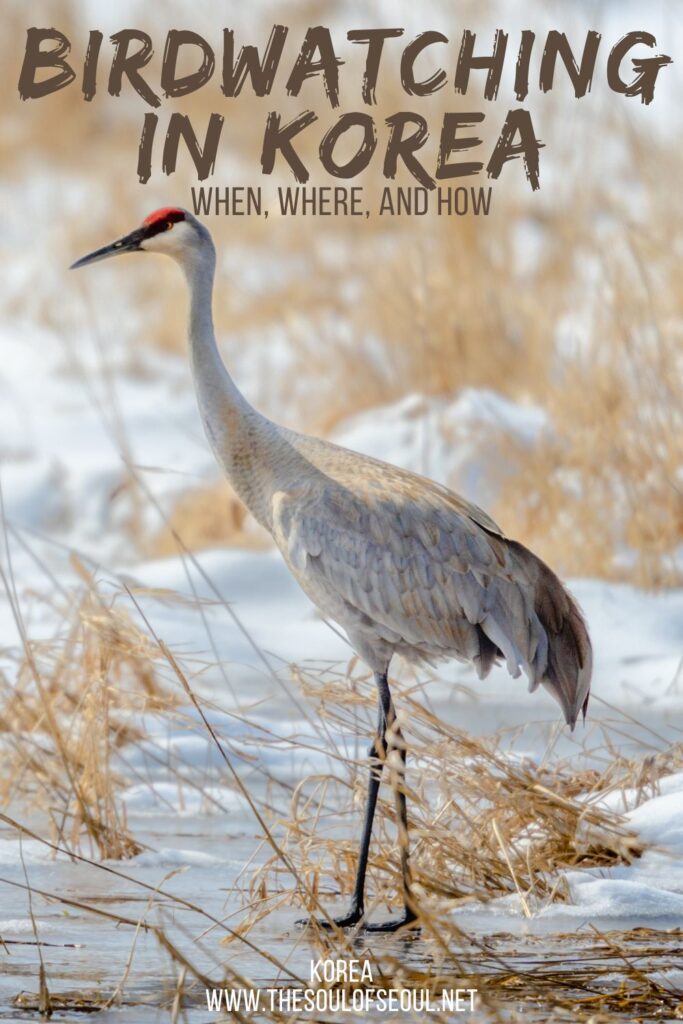

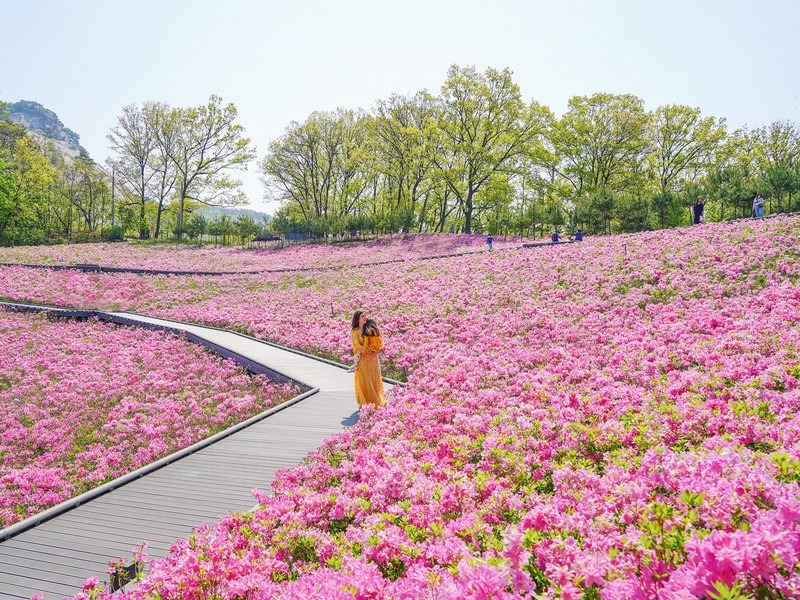
3 Comments
Val
I will be in Seoul and would like a half day or maybe a full day of birding in the Seoul area. Any suggestions are welcome!
Stig Tuvesson
Dear,
Me and my wife will visit Seoul October 10 and 11 this Autumn (2024). How do I come in contact with a local birding gulde for a one day birding trip in or outside Seoul?
We will stay at a in the middle of the city and will need help to be picked up and brought back to the hotel at the end of the day.
What will be the approximately costs?
We come from Sweden and are open for all kind of birds, the guide can help and suggest good areas
Best Regards
Stig Tuvesson
ramon grimalt
Birding from Barcelona
Birding from Barcelona
Dear Srs
I am an Ornithologist and doctor from Barcelona
I Will be visiting Seoul for a medical meeting on the 25-26 may 2024
I would like to arrange with you an ornithological trip in south korea
Maximum 4 days just before or after my conference
Would you please provide me:
Itineraries, options, target birds, endemisms and pricing?
Thank you very much for your time
Yours
Ramon Grimalt